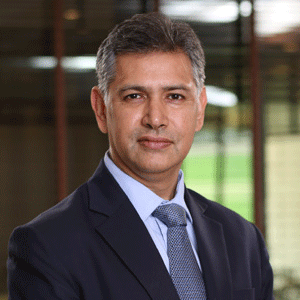Read Also
Streamlining Operations and Empowering Teams in Facilities Management
Shaye Rogers, Workflow Support Manager, Cushman & Wakefield
Technocreativity: The Synergy Of Technology And Creativity
Tran Nguyen Phi Long, Group Head Of Retail Marketing, Pnj Group
Leading It And Digital Transformation At Ikea: Insights From An Industry Veteran
Sigit Triwibowo, Head Of It And Digital, Chief Technology And Digital, Ikea
Executive Leadership And Digital Transformation In The Global Fashion Industry
Eiko Ando, E-Commerce And Digital Director, Pvh Corporation
Digital Transformation in Fashion Retail - From Efficiency to Experience
Le Van, CTO, YODY Fashion
Driving IT Transformation at Lactalis Australia
Sabina Janstrom, Chief Information Officer, Lactalis Australia
AI Adoption in Hospitality: Striking the Balance Between Innovation, Excellence and Trust
Phiphat Khanonwet, Head of IT, Onyx Hospitality Group
The AI Rat Race - Keeping Up with New Technologies or Waiting for Maturity?
Andreas Kurz, Global Head of Digital Transformation, ALFAGOMMA Group























